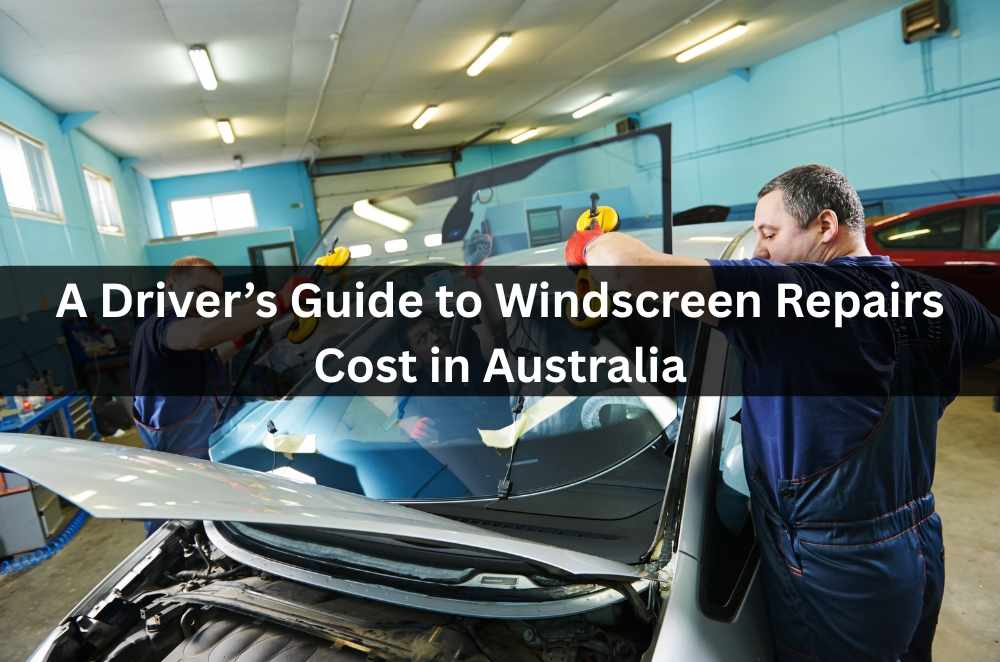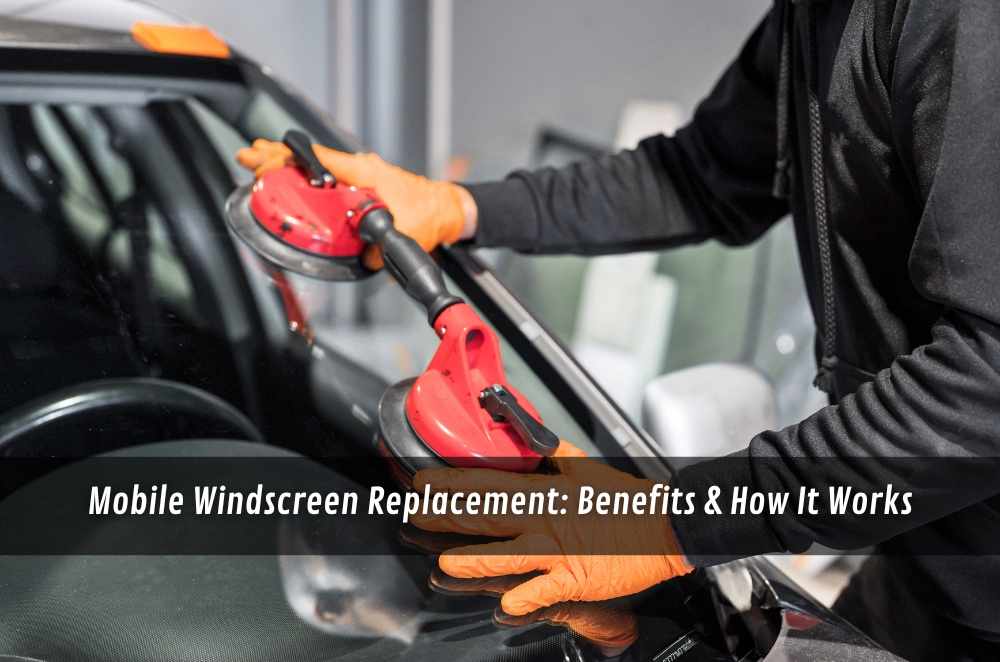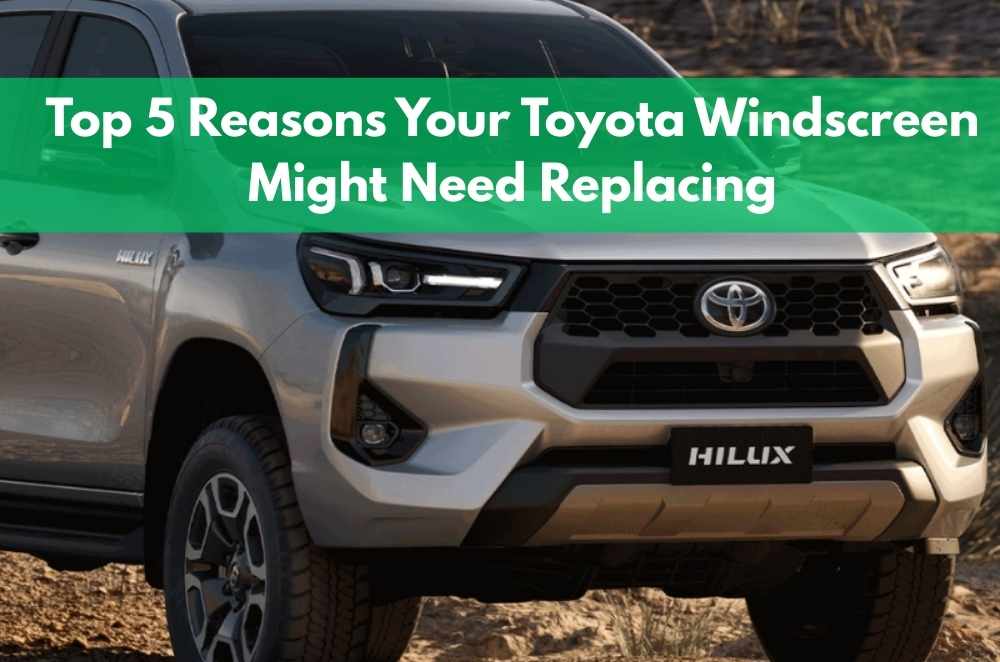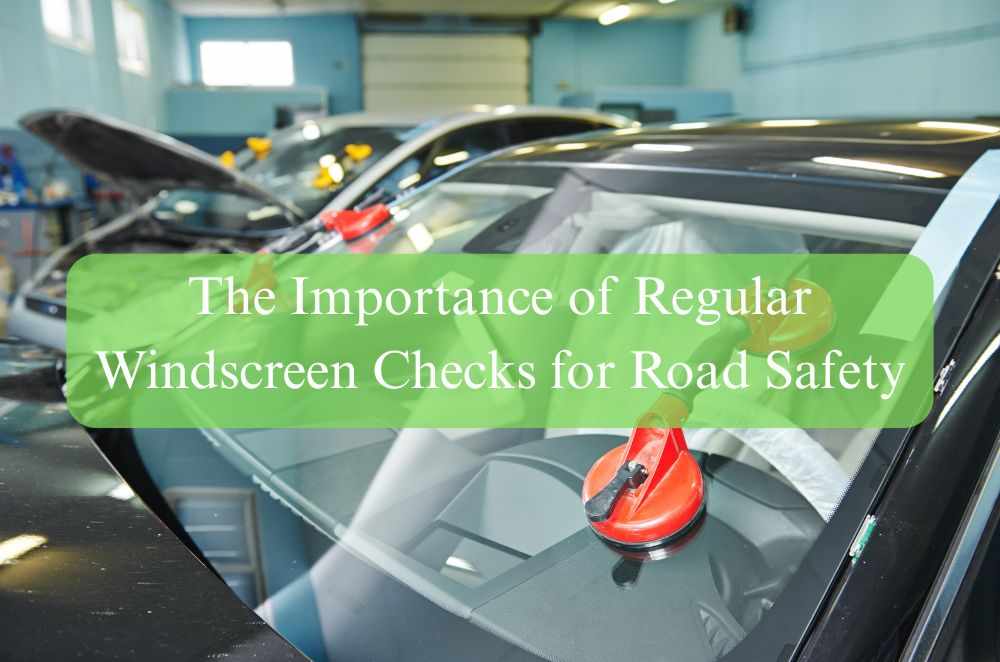
When logging 10-hour shifts in the driver’s seat, the wrong truck seat can leave you feeling sore, stiff, and wrecked. Whether you need air suspension truck seats to provide more comfortable rides throughout long hauls or simply want to ensure you’re compliant with trucking safety regulations, the seat you pick isn’t just about comfort—it’s about safety and long-term health. Over the years, I’ve assisted countless drivers in finding ergonomic seat setups suited to their routes, posture and time. We have the guide if you want to find the perfect fit and avoid long-term damage.
Consider your daily driving demands
Every truck driver’s routine is different. A short-haul courier dodging metro traffic doesn’t need the same seat as someone hauling livestock across the Nullarbor. Your truck seat should reflect the realities of your route, vehicle type, and health needs.
Ask yourself:
How many hours do I spend seated each day?
Am I mostly on smooth highways or rugged rural roads?
Do I suffer from back, neck, or hip pain?
Am I regularly getting in and out of the cab?
Long-haul drivers usually benefit from air suspension truck seats for improved comfort and shock absorption, especially on uneven surfaces. These seats adjust dynamically to road conditions, reducing fatigue and muscle stress over time. For those doing city drops or short shifts, a more compact fixed seat may suffice, but don’t skimp on lumbar support or cushioning.
Understand truck safety and compliance
Let’s be honest—comfort is excellent, but safety’s non-negotiable. The wrong seat (or one not correctly installed) can compromise your comfort and compliance with Australian vehicle safety standards. The Department of Infrastructure outlines key truck safety requirements regarding seating, cabin layout, and roadworthiness. Seats must allow for proper restraint positioning, safe entry/exit, and not obstruct controls or visibility. If you’re retrofitting or buying a new seat after market, make sure it complies with ADR (Australian Design Rules) and fits your vehicle’s cabin layout and weight tolerances.
Focus on ergonomic features (not just looks)
I’ve had clients opt for the “sleekest-looking” seat only to regret it three weeks later when they couldn’t adjust the armrest or recline angle. Looks can be deceiving, especially with ergonomic truck seats.
Prioritise these features:
Adjustable lumbar support: Helps reduce spinal strain on long drives
Height & tilt adjustability: Lets you customise seat position for proper posture
Shock absorption: Especially crucial for off-road or long-haul conditions
Breathable upholstery: Keeps you cool in summer, and comfortable in winter
I’ve seen that drivers who switch to ergonomic setups often report less fatigue and fewer chiropractor visits. Sure, it’s a bit fiddly to set up at first, but it's worth it in the long term.
Here’s a quick breakdown of what to look for:
Independent backrest and seat base adjustment
Fore-aft isolators (minimise forward/backward vibration)
Headrest alignment and removable cushions
Swivel options for easy cabin access
Don’t buy based on price alone
Grabbing a cheaper option is tempting, and “just see how it goes.” But your truck seat is a workplace tool, not an accessory. Quality here pays off in durability, health, and performance. If you’re unsure where to start, here’s a solid reference on choosing the right truck seat, including what to avoid and prioritise for long-term comfort.

Some other things to consider:
Warranty length and conditions: Is there a service centre or local installer?
Weight capacity: Heavier drivers need high-capacity bases and shock systems
Build materials: Steel frames last longer than plastic base models
Ease of installation: Some models are plug-and-play, others need custom brackets
Match the seat to your driving posture
Here’s where I see drivers slip up: they buy a good seat but adjust it poorly. Even a quality seat set up incorrectly will still cause strain.
Use this checklist to align your seat with ideal driving posture:
Hips are slightly above knee level
Back is fully supported (no gaps)
Arms relaxed, elbows bent at 90 degrees.
Hands resting comfortably on the wheel—no stretch.
The headrest is aligned with the back of the head.
One driver I worked with—a courier from Adelaide—was dealing with chronic lower back pain. We adjusted his seat’s tilt by just 5 degrees, and it made a world of difference. Sometimes, it’s not the seat—it’s the setup.
If you’re unsure whether your posture is correct, take a video of yourself while seated and driving (safely parked, of course). This gives a clear view of your shoulder slump, seat angle, and hand positioning. Occupational therapists or workplace safety consultants can also provide posture audits, especially for fleet operations. It might seem over-the-top, but it's often the simplest tweaks that have the biggest long-term health payoffs.
Learn from ergonomic experts
Ergonomic seating isn’t just for office workers. Truck drivers face high rates of musculoskeletal disorders, and preventive seating setups are a powerful way to cut risk. There are blogs dedicated to ergonomic seating for drivers, many written by allied health professionals and physiotherapists.
These resources often cover:
Best seating angles for spinal alignment
Seat cushion recommendations for lower back support
Exercises to do during breaks to reduce pressure
Advice on seat wear monitoring and cushion replacement
Final thoughts
Picking the best truck seat in Australia isn’t just about ticking boxes—it’s about caring for yourself as a professional driver. Your body, focus, and long-term health depend on the seat you’re using day in and day out.
Quick takeaways:
Match your seat to your route: highway, city, or off-road
Prioritise ergonomics over aesthetics
Ensure ADR compliance and installation compatibility.
Adjust posture regularly and review positioning often.
Invest now to avoid pain, downtime, and expensive physio later.









Write a comment ...